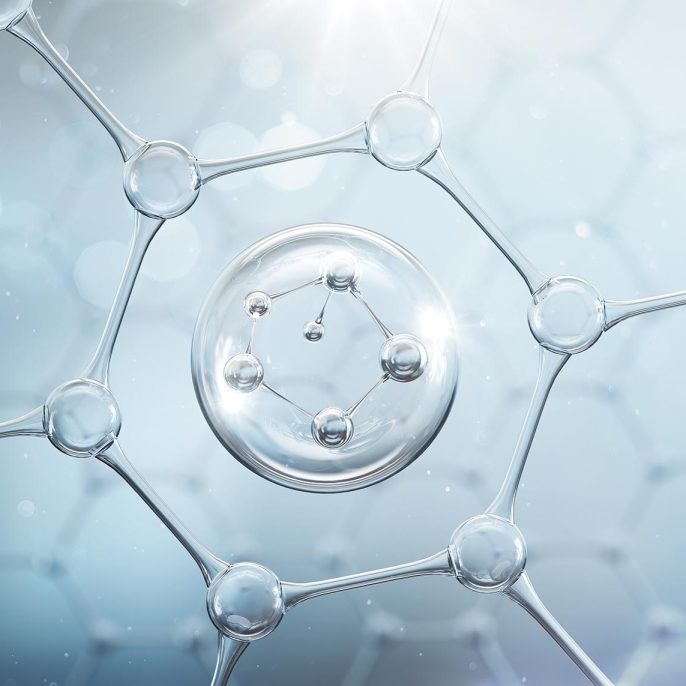
Here, hydrogen could be generated decentrally from renewable energy and used for stationary reconversion into electricity by means of fuel cells. With these so-called microgrids, there is an opportunity to combat energy poverty and to supply these regions with sufficient and sustainable energy. In addition, the currently widely used generators, which are mostly based on diesel, could be gradually replaced and a substantial contribution to reducing CO2 emissions could be realized. In addition, these microgrids can also guarantee a stable, continuous and area-wide energy supply in conurbations. This would support the development of structures that guarantee continuous medical care and, in particular, industrial production and services. This would also lead to immense social benefits, promote economic development, and prevent ecological depletion and economically motivated migration.


For this purpose, it is necessary to create aggregates for microgrids that are robust as well as effective and can be used flexibly for different application scenarios.

At the same time, scalability must allow the system to “grow along” with increasing demand. However, the most important aspect and the greatest challenge is to ensure economic production that guarantees cost parity with current fossil alternatives.
Thus, the basis can be created that will eventually lead to a market ramp-up of hydrogen-based microgrids and ultimately to acceptance by the population.
Specifically, the “Made in Germany” branding, which continues to be regarded worldwide as a seal of quality and innovation, both for classic export goods in mechanical and plant engineering and increasingly for GreenTech products, is to be used to set up a Hydrogen Tryout Area (HyTrA) for microgrids in South Africa.

The central component of HyTrA is a robust and cost-effective microgrid (HyGrid) designed specifically for the African market, in which an electrolyzer for hydrogen production and a fuel cell for reverse power generation are compactly combined. This novel solution forms the center of a hydrogen biotope, which also has a technology showcase (HyWindow). This is intended to arouse the interest of local companies in taking over parts of the component production, assembly or installation. Also integrated in HyTrA is a socio-economic and -ecological hydrogen frame (HyFrame), which raises awareness of environmental aspects through accompanying activities or services with information and training, which fundamentally contribute to the acceptance of hydrogen. With this economic and social combination, HyTrA makes it possible not only to consider hydrogen in terms of climate policy, but also to develop it in terms of sustainable value creation. This substantially intensifies the possibilities of using German solutions to bring about a far-reaching transformation of energy systems in newly industrializing countries.


